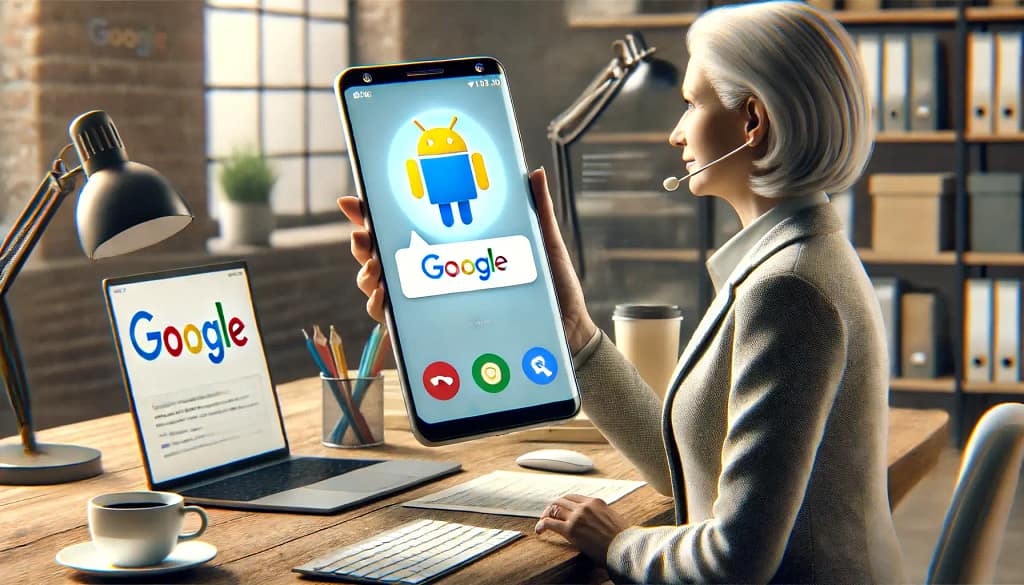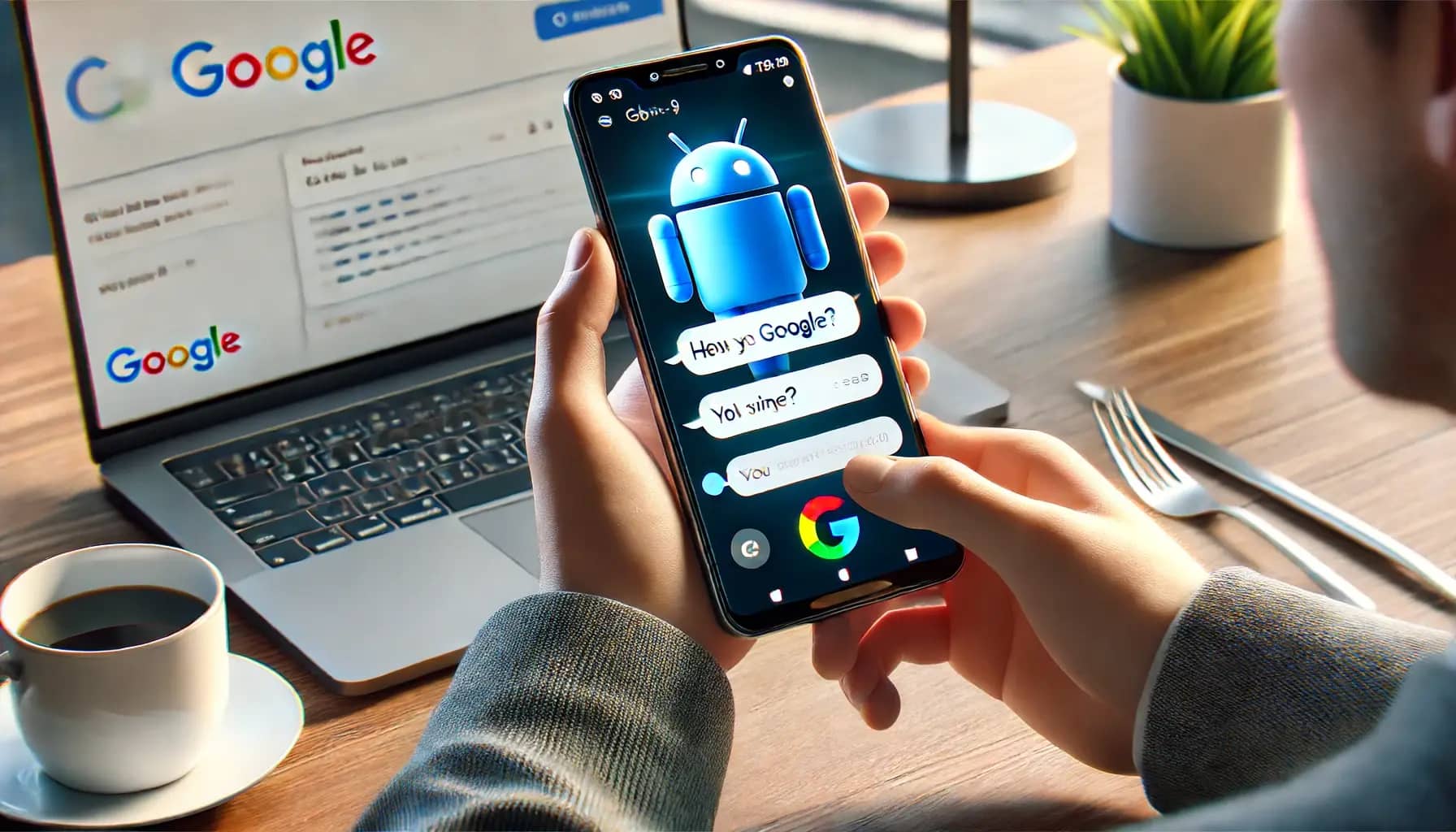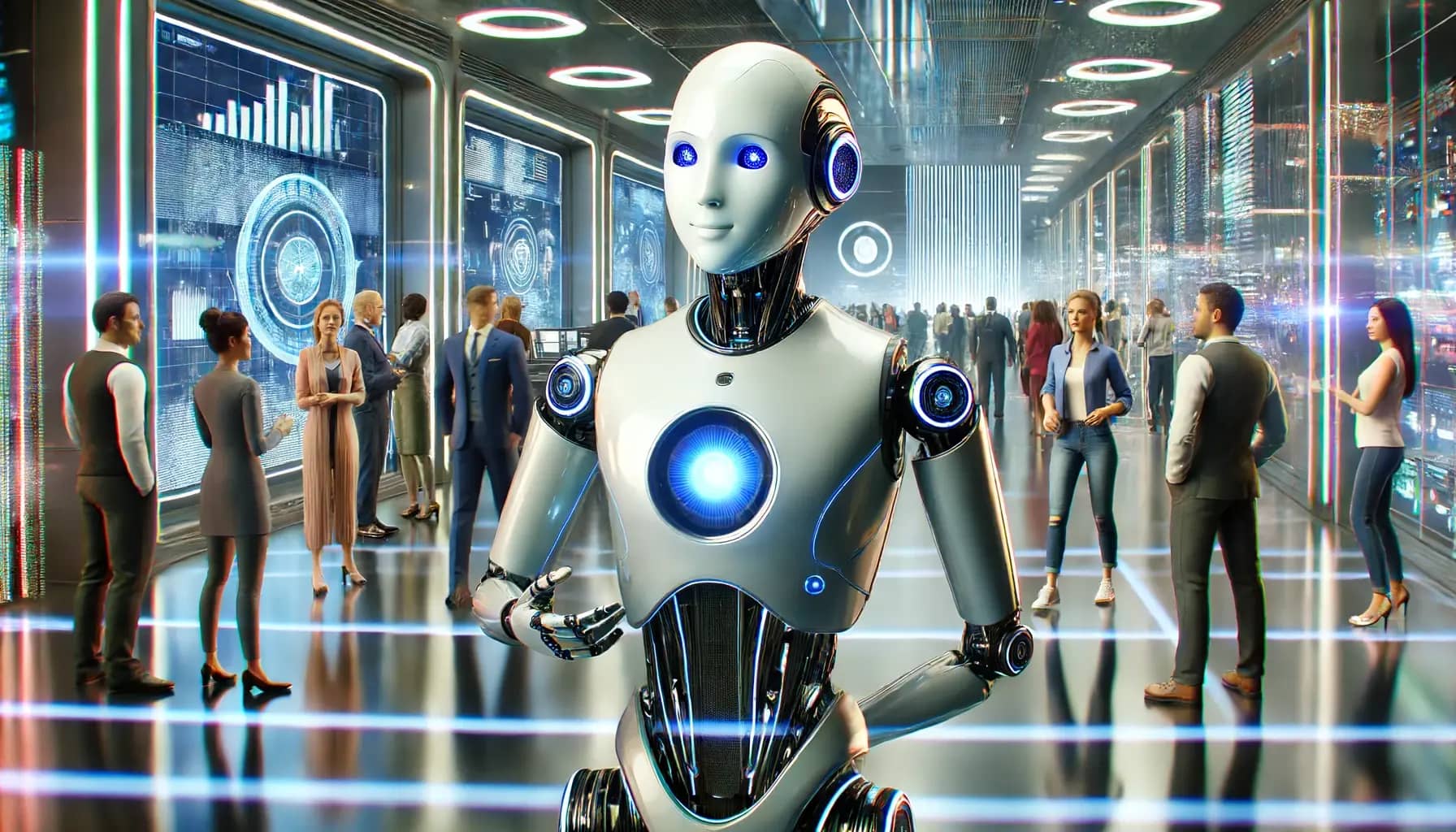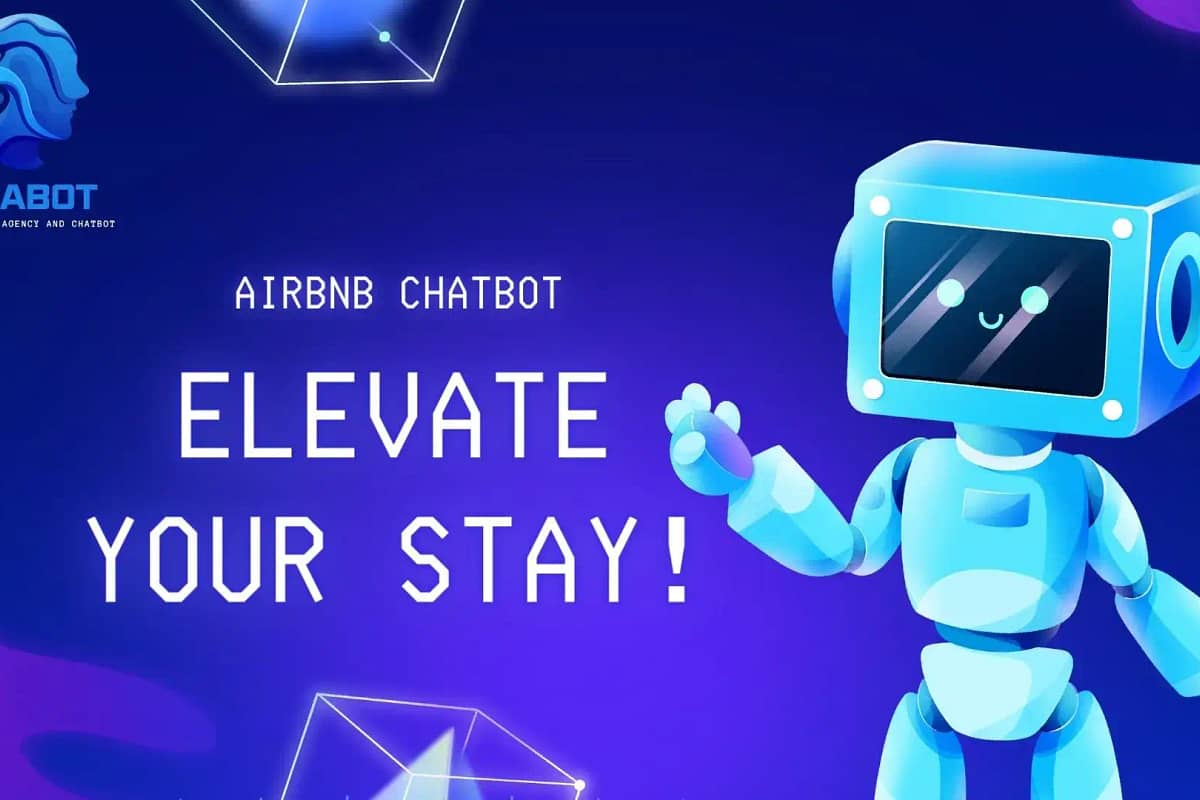Did you know that 70% of customers prefer interacting with chatbots, conversational agents, and virtual agent conversation for quick responses? Chatbot Google is transforming the way businesses handle customer service with online chatbots, ready chatbots, workflow orchestration, and cloud. This post dives into how Google’s chatbot technology, including online chatbots and ready chatbots, can streamline interactions, boost efficiency, and enhance user experience. Discover the benefits and features that make Chatbot Google a game-changer in the digital world of apps, content, IDE, and cloud.
Key Takeaways
- Leverage Google Chatbots: Utilize Google chatbots to build efficient customer service, manage content with cloud permissions, and streamline interactions.
- User-Friendly: Google chatbots offer a user-friendly experience, making them accessible for businesses and customers alike, leveraging cloud technology and delivering engaging content.
- Implementation Tips: Follow best practices, such as clear communication, personalization, and utilizing Google Cloud resources, to enhance chatbot interactions.
- Stay Updated: Keep an eye on future developments in Google’s chatbot technology content to stay ahead of the curve.
- Business Relevance: Google chatbots can significantly improve business operations by automating routine tasks, providing quick responses, and managing content.
- Real-World Examples: Refer back to the examples provided in the article to understand practical applications of Google chatbots.
Understanding Chatbots
Basics of AI Chatbots
AI chatbots use artificial intelligence to interact with users. They are programmed to understand and respond to text or voice inputs like an online chatbot or AI chatbot. Google has created some of the most advanced chatbots.
These bots, such as an online chatbot or an AI chatbot in Google Chat apps, can answer questions, provide recommendations, and even hold conversations. They rely on machine learning to improve over time. This means they get better the more they interact with people, whether through Google Chat, an online chatbot, or an AI chatbot.
Benefits for Users
Chatbots offer many benefits to users. First, they are available 24/7. This means you can get help anytime you need it through Google Chat, an online chatbot, or a Google AI chatbot.
Second, they can handle multiple tasks at once. For example, a chatbot using Google AI can book a flight while also answering your questions about the weather.
Third, chatbots provide quick responses. You don’t have to wait for a human to become available on Google Chat. This saves time and makes interactions smoother.
How They Work
By using natural language processing (NLP), Google AI chatbots understand human language. NLP allows Google AI and AI chatbots to interpret and generate human-like responses in Google Chat.
They also use databases to store information. When asked a question, the chatbot powered by Google AI searches its database for the best answer.
Machine learning algorithms help chatbots learn from past interactions. This makes them more accurate over time. Google’s chatbots use these technologies to deliver high-quality user experiences.

Why Choose Google Chatbots
Speed and Efficiency
Google chatbots operate quickly. They use advanced algorithms to process data fast. This results in almost instant responses. Users benefit from reduced waiting times. In customer service, this speed can improve satisfaction. Fast response times using Google Chat and AI chatbot also help businesses handle more queries efficiently.
Integration Capabilities
Google chatbots integrate well with other Google services. They work seamlessly with Gmail, Google Drive, and Calendar. This makes them versatile tools for both personal and business use, including Google Chat, Google AI, and AI chatbot. For example, a chatbot can schedule appointments using Google Calendar. They also support integration with third-party apps. This flexibility enhances their usability.
Reliability and Support
Google chatbots are known for their reliability. They have robust systems that ensure uptime. Google’s infrastructure supports these chatbots, ensuring they function smoothly. Businesses can rely on these Google AI chatbots without worrying about frequent downtimes. Moreover, Google offers extensive support for its chatbot services. Users can access detailed documentation, google chat, and support forums for help.
Experiencing Google Chatbots
Chatbot Google : Setting Up Your
First, access the Google Cloud Console. Sign in with your Google account. Select the project or create a new one. Navigate to “APIs & Services” and enable the Google Chat API.
Next, configure your bot. Set up authentication using OAuth 2.0. This ensures secure communication. Define the bot’s endpoint URL. This is where the bot will receive messages.
Finally, deploy your bot. Use platforms like Firebase or Google App Engine. These platforms support easy deployment and scaling.
Customizing Your Experience
Personalize your chatbot google for better user engagement. Start by defining its personality. This can be friendly, formal, or professional based on your audience in Google Chat or Google AI.
Add custom responses to make interactions smoother. Use dialogflow to create intents and responses. Train the bot with sample phrases users might say.
Integrate additional services if needed. For example, link it with Google Calendar for scheduling tasks. Customize notifications to keep users informed.
Engaging with Your Chatbot
Interacting with your chatbot should be intuitive. Users can start by sending a simple greeting like “Hi” to Google AI. The chatbot responds based on predefined scripts.
Use Google AI and natural language processing (NLP) to understand user queries better. This makes conversations more human-like. Google’s NLP tools help in achieving this.

Best Practices for Chatbot Interactions
Clear Communication Tips
Use simple language. Avoid jargon and complex terms. Users should understand responses easily.
Provide concise answers. Long messages can confuse users. Short replies work best.
Ask clarifying questions. When unsure, ask users to provide more details. This ensures accurate assistance.
Enhancing User Experience
Personalize interactions. Use the user’s name when possible. It makes the conversation feel more human.
Offer quick responses. Users appreciate fast replies. Ensure the chatbot is responsive.
Include visual aids. Images or buttons can simplify navigation. They enhance user engagement.
Troubleshooting Common Issues
Identify common errors. Many chatbots, including those developed by Google AI, face similar issues like misunderstood queries or repeated responses.
Provide fallback options. When a chatbot fails, redirect users to human support. This prevents frustration.
Log interactions for improvement. Analyze frequent problems and update the chatbot accordingly.
Future of Chatbots with Google
Innovations on the Horizon
Google is constantly pushing the boundaries of chatbot technology. One major innovation by Google AI is the use of natural language processing (NLP). This allows chatbots to understand and respond more like humans with Google AI. For example, Google’s BERT model, introduced in 2019, improved search understanding by 10%.
Another innovation is machine learning algorithms. These help chatbots learn from past interactions. They get better at predicting what users need. Google Duplex, launched in 2018, can make phone calls to schedule appointments. This shows how far chatbot capabilities have come.
Expanding Capabilities
Google chatbots are also expanding their capabilities. They are now able to handle more complex tasks. For instance, they can manage customer service queries, book reservations, and even assist in online shopping.
Integration with other Google services is another area of growth. Chatbots can now interact with Google Calendar, Gmail, and Maps. This makes them more versatile and useful for users.
Machine translation is also improving. Google Translate’s chatbot can now translate conversations in real-time. This is especially helpful for international businesses and travelers.
Anticipating User Needs
By analyzing user data, Google chatbots are becoming better at anticipating needs. They use data from previous interactions to provide personalized responses. This improves user satisfaction and efficiency.
Predictive analytics play a big role here. By understanding patterns in user behavior, chatbots can offer suggestions before users even ask. For example, if a user frequently orders food at a certain time, the chatbot might suggest placing an order around that time.
Summary
You’ve now got the lowdown on Google Chatbots. From understanding their basics to exploring future trends, you’re equipped with key insights and best practices. Google Chatbots offer a seamless, smart way to interact with technology, enhancing user experience and efficiency.
Ready to dive deeper? Start experimenting with Google Chatbots today. Implement these best practices and see the difference. Keep an eye on future developments to stay ahead of the curve. Your journey with chatbots is just beginning—embrace it and innovate!
Frequently Asked Questions
What is a chatbot?
A chatbot is an AI software that interacts with users through text or voice. It simulates human conversation.
Why should I use Google Chatbots?
Google Chatbots offer advanced AI, seamless integration with Google services, and high reliability. They enhance user experience.
How can I experience Google Chatbots?
You can interact with Google Chatbots via Google Assistant, Google Chat, or third-party apps integrated with Google’s AI.
What are the best practices for interacting with chatbots?
Be clear and concise. Use simple language. Provide specific commands or questions to get accurate responses from chatbots.
How do Google Chatbots improve customer service?
They provide instant responses, 24/7 availability, and personalized interactions. This enhances customer satisfaction and efficiency.
Are Google Chatbots secure?
Yes, Google Chatbots adhere to strict security protocols. They ensure data privacy and protection against unauthorized access.
What is the future of chatbots with Google?
Google aims to advance chatbot capabilities with more natural interactions, better context understanding, and enhanced personalization.






